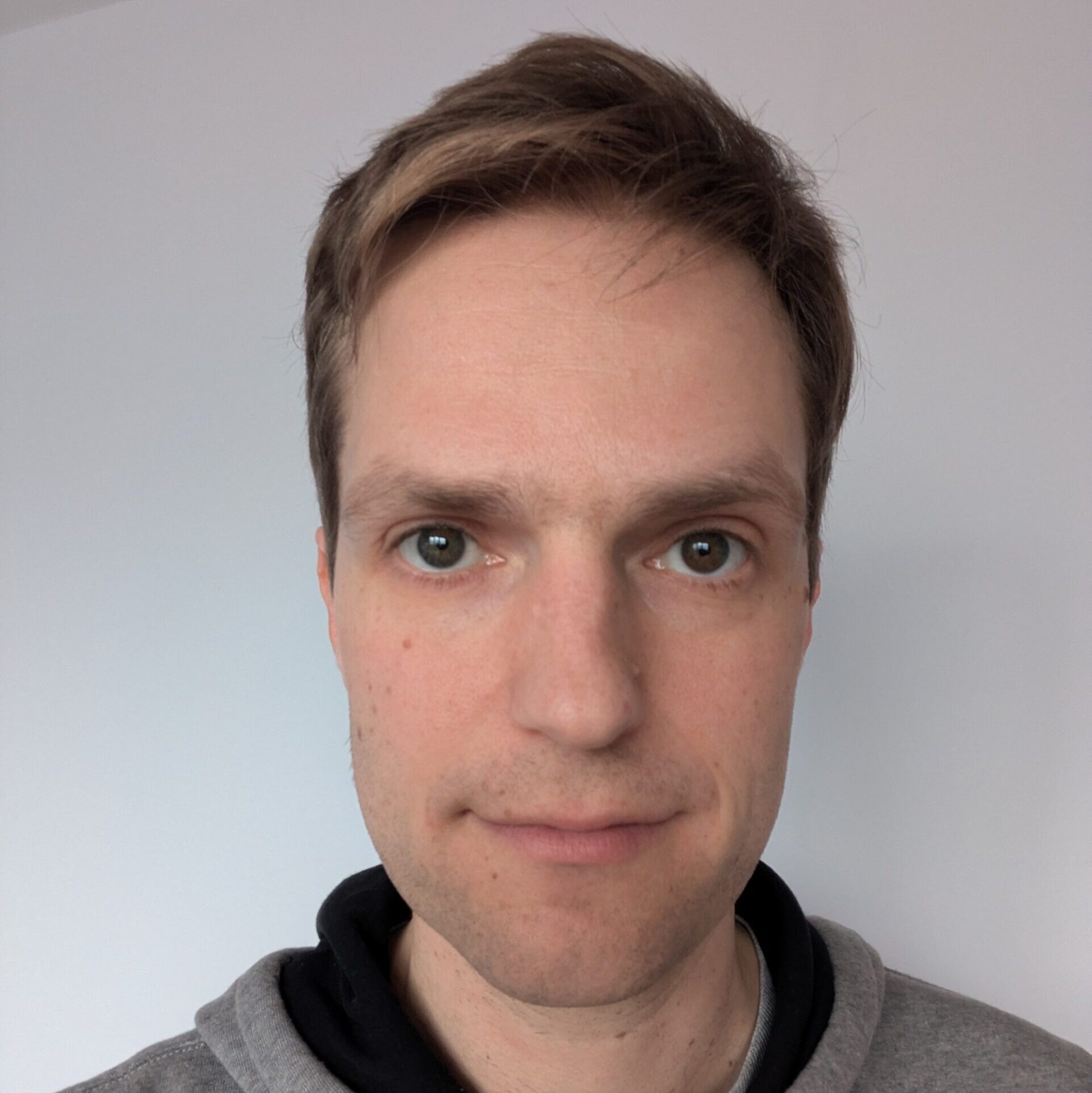
Principal Research Software Engineer, UCL
Tuomas Koskela is a principal research software engineer in the Centre for Advanced Research Computing in University College London. He leads a group of Research Software Engineers (RSEs) in the central RSE team who focus on scientific software that takes advantage of High-Performance Computing facilities. His role is a hybrid research and service role, offering a unique view into the needs of both academic researchers and RSEs.
Tuomas has been an active contributor to the ExCALIBUR program since its beginning in 2020. He is a member of the Hardware and Enabling Software Technical Working Group and has led several training and outreach events to disseminate the outcomes of his work on benchmarking. He has worked extensively on computational science and HPC software, as well as a range of collaborations to develop better software, holding computational research positions in the UK, Europe and the US, after completing a PhD in plasma physics.
At the University of Helsinki, he developed the Vlasiator magnetosphere model, whose code was used to produce the first 6D full Vlasov simulations on HPC facilities at the Centre for Scientific Computing in Finland. At the Lawrence Berkeley National Laboratory, Tuomas worked in the NERSC Exascale Science Applications Program to prepare scientific applications for exascale and at the UKAEA Fusion Laboratory at Culham, where he was responsible for developing, supporting and running a Monte Carlo code to predict fast ion behaviour.
“In my fellowship, I will work towards creating long-term capability of understanding code and system performance across communities in UKRI”, says Tuomas. “This would be accomplished through organising and attending knowledge exchange events to discuss best practices in benchmarking HPC applications and systems. My long-term vision is the creation of a Collaborative Computational Project to support the optimum use of the whole range of hardware and software available to the scientific community.”